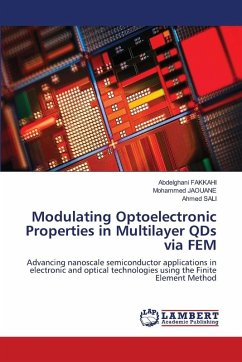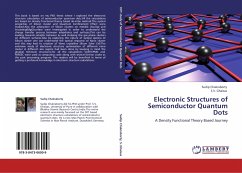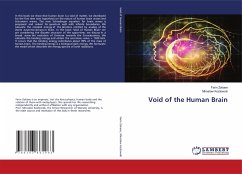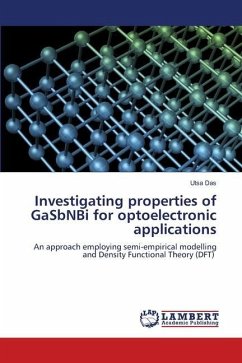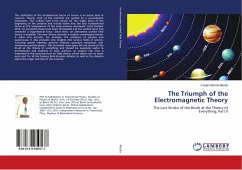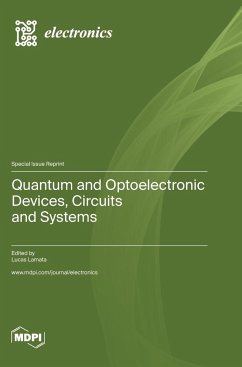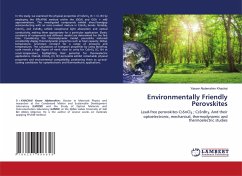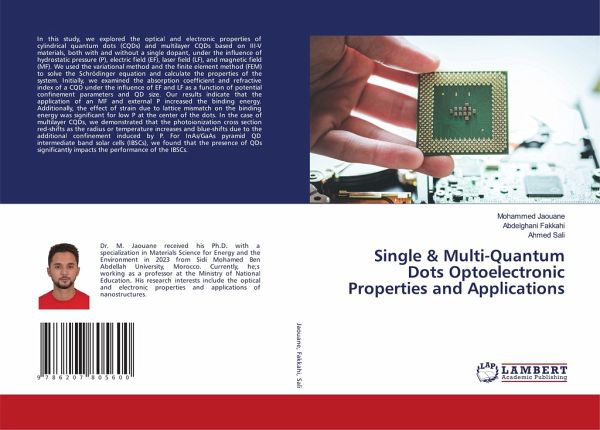
Single & Multi-Quantum Dots Optoelectronic Properties and Applications
Versandkostenfrei!
Versandfertig in 6-10 Tagen
53,99 €
inkl. MwSt.

PAYBACK Punkte
27 °P sammeln!
In this study, we explored the optical and electronic properties of cylindrical quantum dots (CQDs) and multilayer CQDs based on III-V materials, both with and without a single dopant, under the influence of hydrostatic pressure (P), electric field (EF), laser field (LF), and magnetic field (MF). We used the variational method and the finite element method (FEM) to solve the Schrödinger equation and calculate the properties of the system. Initially, we examined the absorption coefficient and refractive index of a CQD under the influence of EF and LF as a function of potential confinement para...
In this study, we explored the optical and electronic properties of cylindrical quantum dots (CQDs) and multilayer CQDs based on III-V materials, both with and without a single dopant, under the influence of hydrostatic pressure (P), electric field (EF), laser field (LF), and magnetic field (MF). We used the variational method and the finite element method (FEM) to solve the Schrödinger equation and calculate the properties of the system. Initially, we examined the absorption coefficient and refractive index of a CQD under the influence of EF and LF as a function of potential confinement parameters and QD size. Our results indicate that the application of an MF and external P increased the binding energy. Additionally, the effect of strain due to lattice mismatch on the binding energy was significant for low P at the center of the dots. In the case of multilayer CQDs, we demonstrated that the photoionization cross section red-shifts as the radius or temperature increases and blue-shifts due to the additional confinement induced by P. For InAs/GaAs pyramid QD intermediate band solar cells (IBSCs), we found that the presence of QDs significantly impacts the performance of the IBSCs.





